 |
| Courtesy Kate Bierbaum |
This is post 3/4 of the talks I’m covering for the GHC community. You can view the wiki page here for more information!
Mobile health («mHealth») architecture entails moving information about the user to some kind of electronic health record like the cloud or a local device, and then on to medical professionals or anyone else who is interested in information about you. Our moderator today, Aarathi Prasa from Dartmouth College, introduced several speakers who focused on different aspects of mHealth technology.
Jung Ook Hong from Fitbit’s R&D division explained that positive reinforcement and feedback helps the user try to reach a goal, which gets them to do more than they usually do («I gotta get to 10000 steps because my little device thingy says so!»). This is definitely true
Ruzena Bajscy from UC Berkeley gave us a great overview on the challenges faced when designing home exercise coaching system for the elderly using the Microsoft Kinect system. Several challenges that must be addressed include:
- Size of living quarter: Kinect needs a certain distance
- Monitor availability: Size of the monitors available
- User Interface design: Different size of letters, colors schemes (high contrast is a must), familiarity of interface, and how they interact with the system
Klara Nahrstedt from UIUC talked about the security and privacy issues of monitoring health information at home. Apparently, some health care providers will ask patients to bring their mHealth devices and upload their own applications onto the patients’ devices. (Sounds kind sketch to me…) Her analysis of 160 Android mHealth apps showed that 63.6% of these apps send data over the Internet in plaintext – this is just one example of how these app/device interactions are insecure.
Janet Campbell from Epic showed us problems in using the data to improve our health. Across the U.S., hospitals are using their own data storage systems, which is a problem because trying to communicate the data between each system is a pain – a solution would be to standardize these records. The second problem revolves around identifying the same user of different products. If I have multiple devices, they should all recognize that it is I, Joan Zhang, who is being analyzed. Third problem is that it’s difficult for doctors to «glean meaning» from the influx of data that’s now available for each patient. Finally, we need to either figure out a way to get rid of this crazy hoarding of data or find a way to make storage cheaper.
The best lesson I’ve gotten from GHC this year is that user experience is a big factor in the success of a product. Social interactions, competition, positive reinforcement, a UI for the target demographic, and building a community are examples of things to include. I can’t wait to build my next app and incorporate these tips!
Fun sidenote: one of the speakers is my friend Andrea’s grandma, and another speaker is Andrea’s aunt. What are the chances?
 |
| Courtesy Kate Bierbaum |
-Joan











